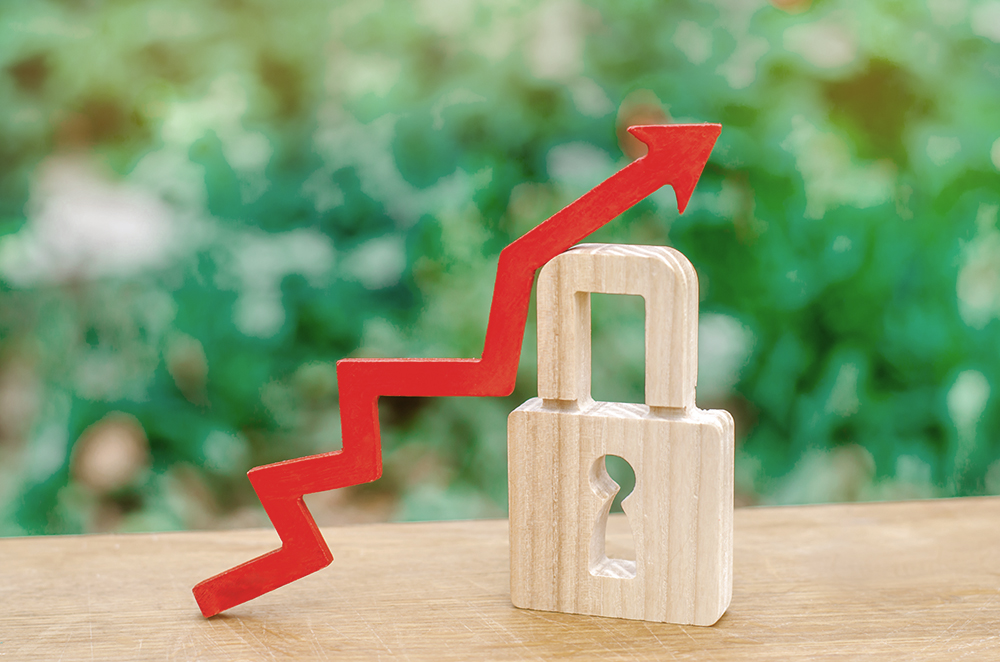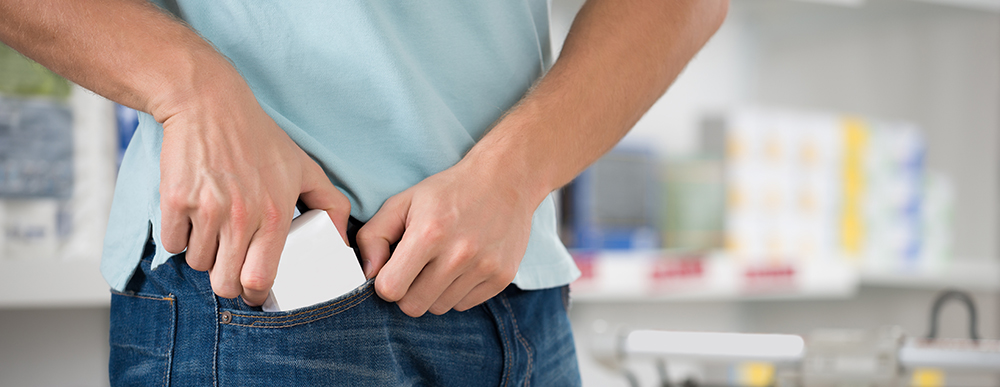New report finds a surge in shoplifting

An Australian-based shoplifting study has found the crime is surging, with major retailers losing over $3.3 billion last year alone.
The research further indicates self-service checkouts and increasingly brazen criminals are driving the rising trend, with the Sydney Morning Herald (SMH) noting retailers have reached “crisis point”.
So, what’s changing on the shoplifting front?
A surge in theft
Commissioned by the Profit Protection Future Forum, the Australia and New Zealand Retail Crime Survey is the first dedicated survey for the region, with researchers reaching out to over 9000 local retailers, loss prevention professionals and shoplifters to understand the impact of theft.
The study found over half (57 per cent) of theft and loss was attributed to light fingered customers, while a further 22 per cent was due to dishonest employees. Fifteen per cent was non-crime related losses, and six per cent involved supplier fraud.
With retailers tallying the cost of the loss at $3.37 billion (or 0.92 per cent of revenue), that means $2.26 billion was directly attributed to customer theft in 2017/18.
Compared to a similar survey in 2015, it also indicates theft is up by 18 per cent, the SMH noted.
“Thieves feel that it’s become easier than ever, they feel they’ve got complete free rein to steal with impunity,” lead researcher and Reader in Criminology at City, University of London Dr Emmeline Taylor told the SMH.
“This is because there’s a perception shoplifting is a ‘victimless crime’ because thieves assume it’s built into the company’s profit margins.”
What’s driving the shoplifting spike?
The report noted two trends were driving the surge, with self-checkout theft a major contributor along with increasingly brazen thieves.
“Self-service checkouts continue to be vulnerable to theft. Retailers are responding by introducing more POS video analytics including cameras that film customers at each individual machine,” the report stated.
Meanwhile Dr Taylor told Yahoo Finance not only were thieves becoming more brazen, there was little fear of being caught.
“We have seen this in the recent “steaming” technique used by gangs to overpower mobile phone shops in broad daylight, often intimidating staff and pushing customers out of the way to reach the stock,” Dr Taylor said.
“Thieves now tell me that it’s easy to get away with petty theft. Reward greatly outweighs the risk. There are multiple factors that could be contributing to this, including the introduction of self-service checkout, and changes in criminal behaviour.”
The items being taken

Supermarkets experience the highest frequency of theft, but the value tends to be below $20, with items like meat, face creams and baby milk formula among the commonly targeted products.
Meanwhile, in a finding that supports recent anecdotal evidence and news headlines, mobile phone retailers are also currently experiencing an increase in crime. These stores suffer the highest average value of theft, with more than $1000 per theft lost.
Commonly stolen items in other verticals include apparel, cosmetics, vitamins and branded fashion goods.
Thieves becoming more aggressive
Although the report noted violent theft remained “thankfully relatively low”, incidents involving aggression or verbal abuse are rising.
Among their key findings the report noted:
- Of the 14,337 robberies recorded during 2017, 3906 were in a retail setting. Of these, 1585 of perpetrators were known to be armed, most commonly with a knife but also firearms and syringes have been used to threaten staff.
- In 2017, 42 per cent (2004) of armed robberies took place in retail stores. Victoria suffered the highest number (590) followed by NSW (398) and Queensland (309).
- Verbal abuse and aggression are becoming increasingly problematic in retail stores.
- Micro-gangs are using ‘steaming’ techniques to brazenly raid shops during operating hours.
- Supermarkets continue to report threats of sabotage and product contamination.